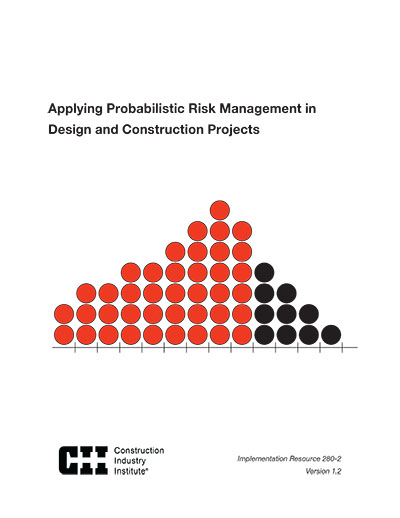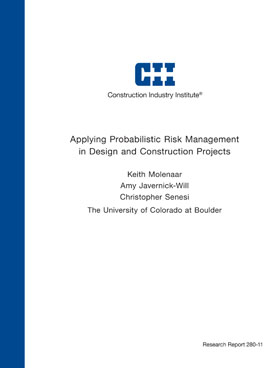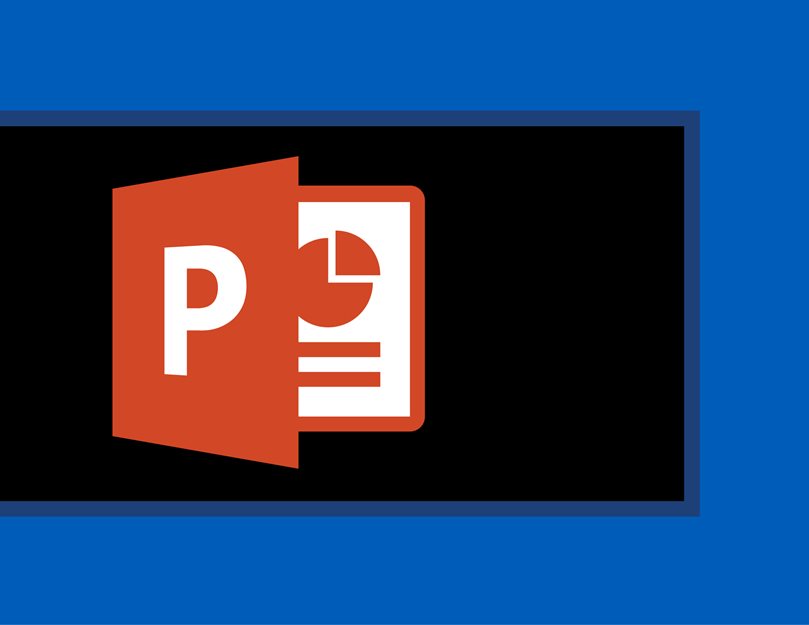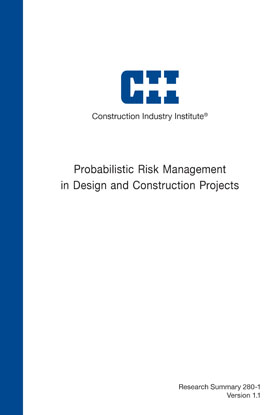
Applying Probabilistic Risk Management in Design and Construction Projects, Version 1.2
CII Research Team (RT) 280 developed this comprehensive guide to probabilistic risk analysis, first to help organizations determine whether the probabilistic approach is appropriate for their projects, and, if appropriate, to help them implement it. The guide takes the user through the typical steps of adopting probabilistic risk analysis, from identifying risks to interpreting a probability distribution. In addition to this process description, the guide also provides an overview of the interactive risk register tool, also developed by the research team. Along with this overview and instructions, it offers an example of a construction project that uses the tool.
Benefits of Probabilistic Risk Management
In the course of conducting the case studies that were a part of the RT 280 research process, the team interviewed project managers who used probabilistic methods for risk management. These interviewees consistently reported that among the biggest advantages of using this type of risk analysis is that it allows them to have more certainty in their ability to successfully execute a project by a set completion date. They reported that probabilistic controls enable them to anticipate, plan for, and mitigate extra costs and delays. After analyzing the data from the case studies, the team determined that the key advantages of using probabilistic over deterministic risk analysis include the following:
- Comprehensive risk assessment – Results incorporate the cumulative effect of known risks and the quantification of project uncertainties.
- Clear visual representation – Graphic representation of results allows for robust means of communicating risk, including probability density graphs, cumulative distributions, and tornado diagrams.
- Communication – The method allows for clear communication of project cost or schedule uncertainty to stakeholders.
- Confidence in project outcomes – Results provide additional data to support decision making and illuminate the possible outcomes of decisions.
- Ability to manage cost and schedule – The method assesses the impact of risk events on project cost or schedule performance and the likelihood of achieving project outcomes.
Risk Management Levels
In order to address the benefits and implications of using a probabilistic approach, the research team had to determine the process and framework for implementing probabilistic approaches. Based on the case study analysis, the team developed a three-level approach. Implementation Resource (IR) 280-3, What’s the Risk, presents the three levels of risk management, along with information on interpreting probabilistic results.
Because these three levels provided a clear framework for evaluating and categorizing the case study data, formulating them helped the research team assess the similarities and differences among the organizations studied; using the framework, the team was better able to understand how each organization implements project risk management and probabilistic approaches. The three-tiered framework also made it easier to define, compare, and understand the benefits and barriers the organizations experienced at each level.
IR280-2, Applying Probable Risk Management to Design and Construction Projects
A comprehensive guide to probabilistic risk analysis, first to help organizations determine whether the probabilistic approach is appropriate for their projects, and, if appropriate, to help them implement it. The guide takes the user through the typical steps of adopting probabilistic risk analysis, from identifying risks to interpreting a probability distribution. The guide also provides an overview of the interactive risk register tool, also developed by the research team.
IR280-2, Risk Register Tool (Excel Spreadsheet)
Helps project personnel create project risk registers and selecting the appropriate risk management level.



